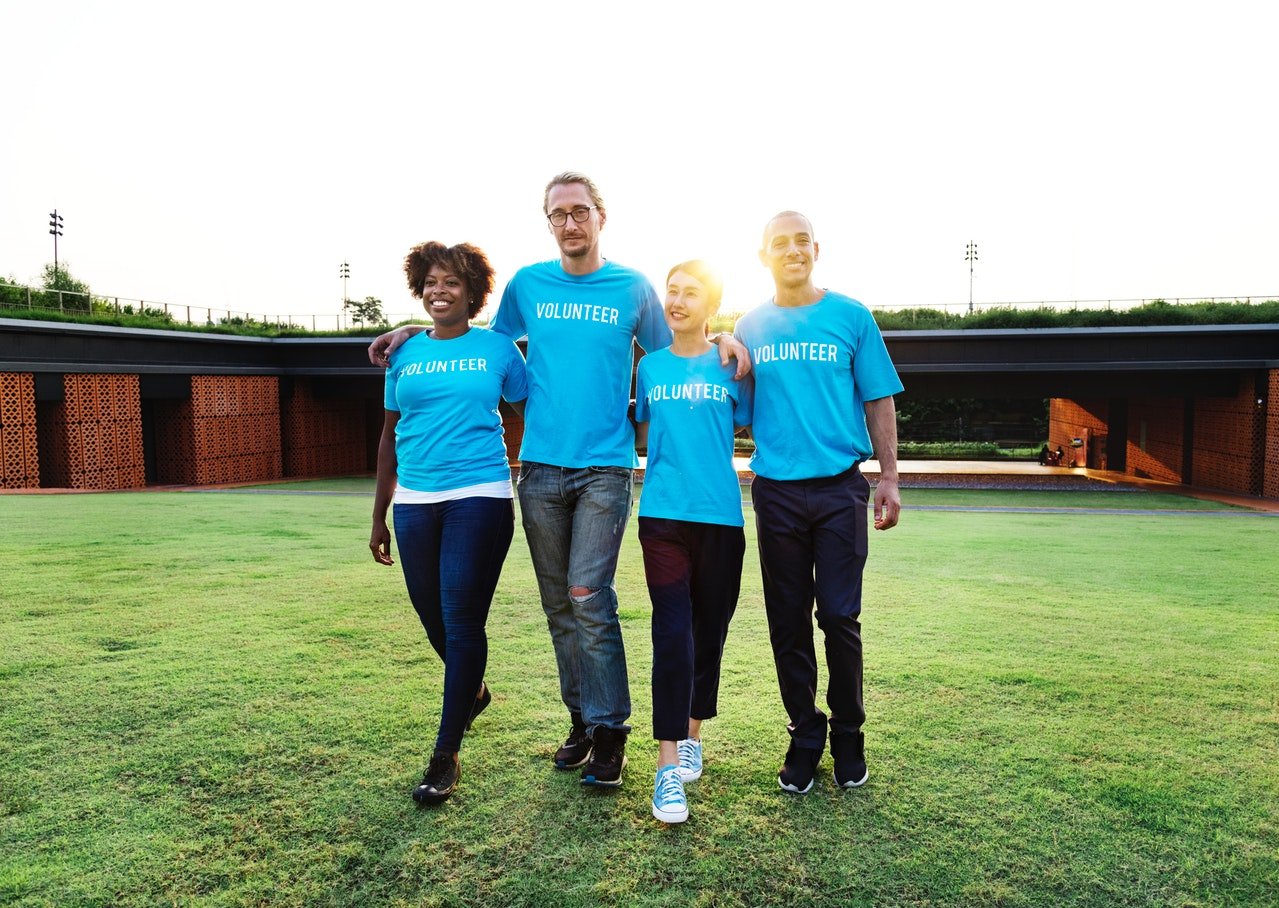In this post we’ll look at the essentials for any Train the Trainer course or programme. What should be included, how and why…

Why bother with a Train the Trainer?
Many people think that anybody can be a Trainer, it’s just a matter of getting up there and doing it. Of course, that’s not the case. It’s a profession, just like any other, and requires a specific set of skills, knowledge and behaviours that aren’t within reach of just anybody.
It’s well accepted that providing on-going development to employees is part of the path towards higher engagement.
We also know that the higher the levels of engagement, in an organisation, the more productive employees are. If they’re more productive then they are helping the organisation to be more profitable. Wins everywhere….
It’s not a gigantic leap to suggest that the better the Trainers are that manage employee development (either internal or outsourced), the quicker the path to success for all and with a much greater quality to boot.
So, what should be included in a TRAIN THE TRAINER COURSE?
The first thing you should do is make sure you’ve got the right people on the Train the Trainer course. As we’ve already said, not everybody has what it takes to support the development of others in an engaging, effective way.
Some of the great subject matter experts in their respective fields don’t have what it takes to transfer their expertise to others. We can teach them, they’ll improve, but if it’s not who they are, it’s not who they are.
Once we’ve got our group of; passionate, articulate, energetic, inspiring, knowledgeable, challenging, courageous, flexible, empathetic, creative, patient enablers of learning on the Train the Trainer we need to give them some content to get their teeth into.
A quick internet search will provide many examples of this and all should include:
- Clearly identifying the requirements of the role of the Trainer.
- Helping delegates to understand the full learning cycle and the benefits of employee development.
- Recognise and overcome the barriers to effective learning at work.
- Help delegates to understand the different ways people learn and how to accommodate these in a group situation.
- Plan and deliver effective training using appropriate training materials and methodologies.
- Show delegates how to use accelerated learning approaches that encourage learning retention.
- Provide opportunities to build confidence by practising the delivery of effective structured training sessions.
- How to make the technology work for you and not against you.
- Share tips and techniques for overcoming difficult situations (or people) which can occur during training sessions.
- Show how to evaluate the effectiveness of any training against predetermined objectives.
Of course, the above list just covers the essentials. All the best Trainers practice what they preach and continue to develop themselves long after they’ve attended their first ‘Train the Trainer’.
Other courses can give them more advanced techniques that they can keep in their metaphorical toolkits.
Practice won’t ever make perfect, but it will move them closer and they will always have the essential delegate feedback which gives a customer perspective on how well those particular needs are being met.
